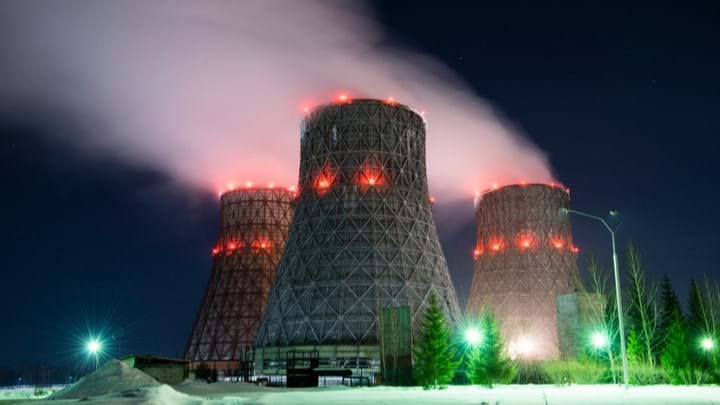Experts join forces to push hydrogen production from nuclear energy

THE International Atomic Energy Agency (IAEA) is developing a roadmap for the commercial production of hydrogen using nuclear energy.
Hydrogen is expected to play a significant role in the transition to cleaner energy but currently the majority is produced using fossil fuels. Hydrogen can be produced more cleanly but the IEA reports that less than 1% of the 70m t produced each year is made using renewables or from fossil fuels where the resulting carbon dioxide is captured. Greener options to produce hydrogen include using electricity from renewables and nuclear which can be used to split water. Heat from nuclear plants could also be used in thermochemical cycles to split water or to reduce the emissions from natural gas reforming.
“Today the vast majority of hydrogen needed across industries is manufactured using fossil fuel technologies – primarily natural gas – but nuclear energy has the potential to deliver both the electricity and the heat needed for hydrogen production in a sustainable, low carbon and cost-effective manner,” said Alina Constantin, an IAEA nuclear engineer and co-leader of the project. “However, several challenges related to technology, economics, safety and licensability, as well as policy support and stakeholder involvement need to be addressed over the next decade, demonstrating feasibility and allowing the shift to commercial-scale production, if nuclear is to play a role in the production of hydrogen for the clean energy transition.”
In a bid to accelerate its application for cleaner hydrogen production, last month the IAEA launched an initiative that brings together decision-makers, designers, project managers and operators to share the latest advances in national strategies and technologies. They will identify technical readiness for different technologies and produce a guidance document for countries to evaluate, plan and strategise the development of nuclear hydrogen projects.
The IAEA says costs have historically prevented nuclear from producing hydrogen but rising energy prices are changing the equation. An IAEA analysis found that when natural gas prices rise above US$20 per million British thermal units (BTUs), the optimal method of hydrogen production is electrolysis powered by a mix of nuclear and renewables. In the EU natural gas has recently been trading at around US$30 per million BTUs.
“The analysis also found that hydrogen production powered by heat from advanced technologies such as high temperature gas cooled reactors (HTGRs) was highly competitive in those price scenarios. HTGRs are under development in several countries and prototypes are already operating in China and Japan,” said Francesco Ganda, the IAEA Technical Lead for Non-Electric Applications, and lead author of the analysis.
Last month, representatives from 28 countries met in Austria, for the launch of the IAEA initiative.
Ian Castillo, Head of Directorate for Hydrogen and Tritium Technologies at Canadian Nuclear Laboratories, said: “The key to success for nuclear-produced hydrogen will be finding the right opportunities that combine a strong business case and nuclear electricity and heat from existing or new nuclear power plants with applications that offer significant decarbonising potential. Wherever possible, existing infrastructure such as natural gas pipelines and repurposed coal-fired plant sites should be used.”
Recent Editions
Catch up on the latest news, views and jobs from The Chemical Engineer. Below are the four latest issues. View a wider selection of the archive from within the Magazine section of this site.




